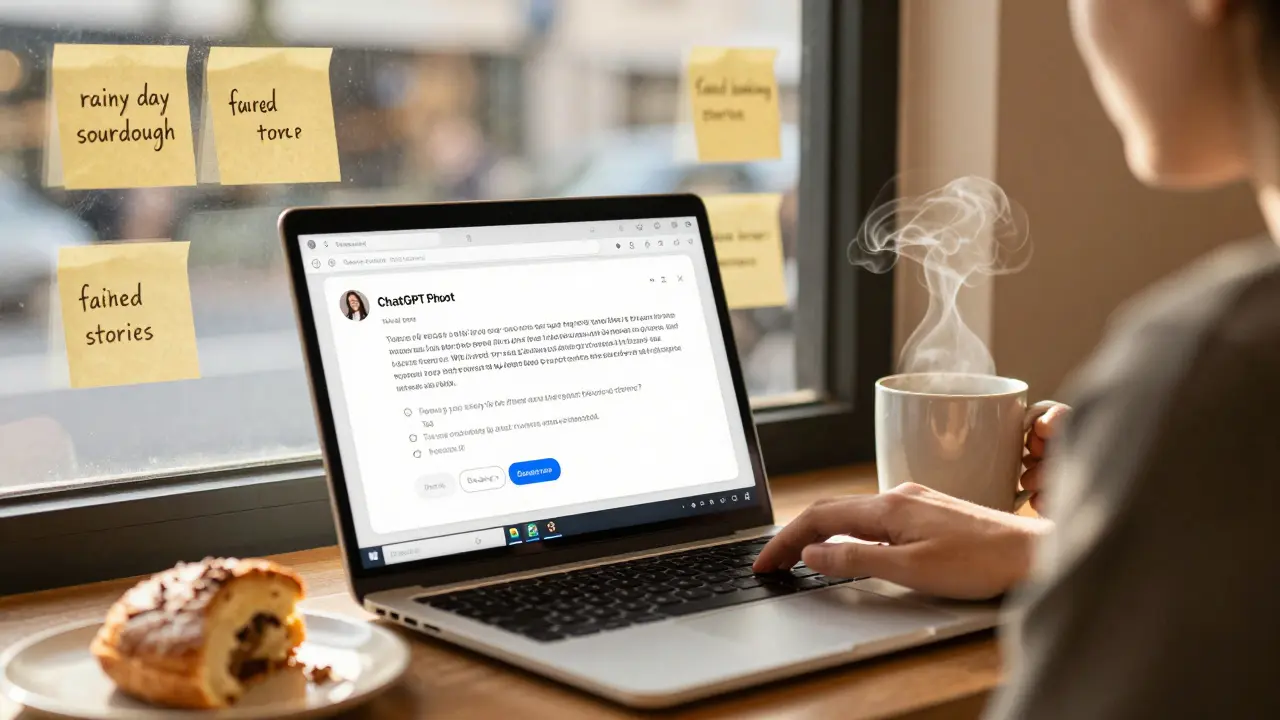Digital Marketing: Practical Strategies That Work in 2025
Want faster growth without confusing tactics? Digital marketing is where your customers live—search, social, email, and ads. Use channels that match how your audience behaves and stop spreading yourself thin. Start with one clear goal: get more leads, sell more, or build awareness. Measure that one metric every week and tweak your work.
SEO still wins for long-term traffic. Pick 3 topic clusters tied to your products, write helpful pages, and fix technical issues like slow pages or broken links. Don't write for robots—answer real questions people type into search. Use short, scannable sections, clear headings, and examples that show how your product solves a problem.
Use AI the smart way
AI tools like ChatGPT speed content creation but they don’t replace your judgment. Use AI to draft outlines, generate headlines, or suggest CTAs. Always edit for tone, facts, and brand voice. Run AI drafts through an SEO checklist: keyword use, meta tags, and internal links. For social posts, test two AI-generated hooks and pick the one that gets better engagement.
Hands-on tactics you can use today
First, map the customer journey: where people start, what stops them, and what pushes them to buy. Create a simple funnel with a free lead magnet, a follow-up email sequence, and a low-cost offer. Second, run one 30-day paid campaign with clear KPIs: CTR, cost per lead, and conversions. Third, repurpose content—turn a blog post into short videos, carousel posts, and an email series to reach different audiences without extra writing.
Track only what matters. Instead of dozens of vanity metrics, focus on actions that move revenue: leads, trial signups, and purchases. Use UTM tags so you know which content drives results. If something costs too much per lead, pause it and try a new angle or audience.
Small businesses can win by being fast and helpful. Answer customer questions publicly, show real results, and offer easy next steps. Use reviews and case studies to build trust. Work with one reliable channel first—an owner running ads and email can beat a big company that spreads itself too thin.
Want a simple start? Pick one product, create a short landing page that answers the top three objections, drive traffic with a small ad test, and follow up with an email that invites a low-friction action. That loop—page, ad, email—lets you learn fast and scale what works.
Focus on micro-tests: run 7-day experiments to compare headlines, images, or price points. Keep each test simple and only change one variable at a time. Log results in a shared doc so your team learns quickly. If a test wins, scale it gradually — double budget for three more days and re-check performance. Stop chasing perfection; small wins compound. Combine insights from paid tests and organic posts to build a content calendar that repeats top performers. Finally, keep a simple playbook of what worked: ad copy, target audience, and landing page version so you can repeat success fast. and iterate.










